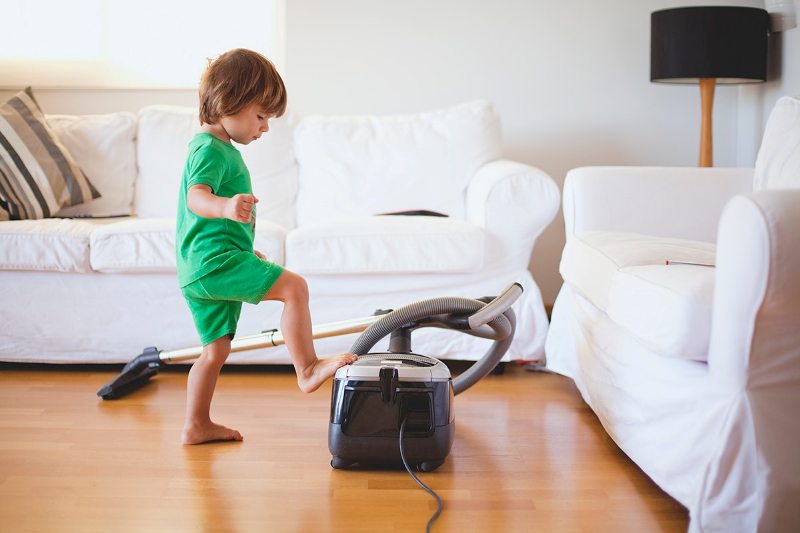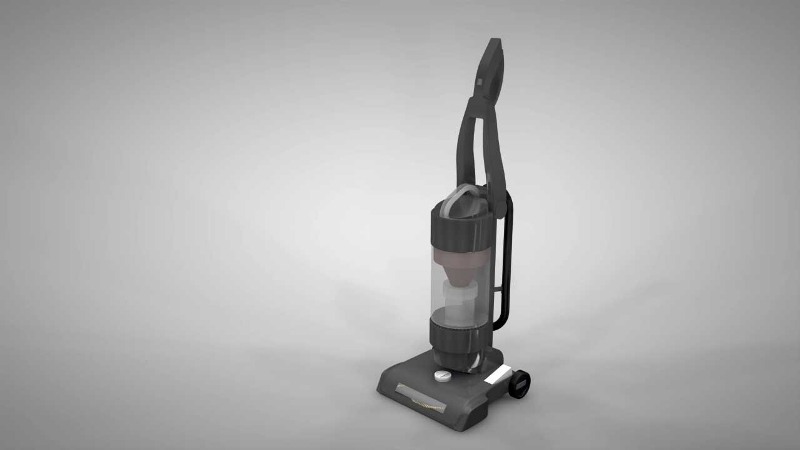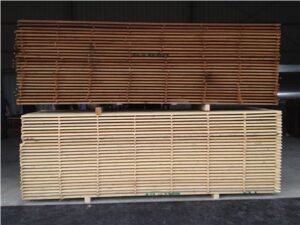The unassuming vacuum cleaner is one of the handiest family cleaning apparatuses utilized today. Its basic yet compelling plan has discarded cleaning dust and other little particles off surfaces by hand and transformed housekeeping into a more effective and genuinely quick work. Utilizing only pull, the vacuum whisks away soil and stores it for removal. At Allgreatvacuums.com, we work to ensure these vacuum cleaners are up to do.
So how do these family legends work?
Negative Force

The least difficult approach to clarify how the vacuum cleaner can suck up trash is to consider it like a straw. At the point when you taste drink through a straw, the activity of sucking makes negative pneumatic stress inside the straw: a pressing factor that is lower than that of the encompassing climate. Actually like in sci-fi films, where an exposure in the spaceship’s body sucks individuals into space, a vacuum cleaner makes a negative pressing force inside, which causes a progression of air into it.
Electric engine
The vacuum cleaner utilizes an electric engine that turns a fan, sucking in the air – and any little particles made up for a lost time in it – and pushing it out the opposite side, into a sack or a canister, to make the negative pressing factor. You may figure then that following a couple of moments it would quit working since you can, unfortunately, constrain a limited amount of air into a bound space. To address this, the vacuum has a fumes port that vents the ventilate to the opposite side, permitting the engine to keep working typically.
Channel

The air, be that as it may, doesn’t simply go through and get catapulted out the opposite side. It would be exceptionally hurtful to individuals utilizing the vacuum. Why? All things considered, on top of the soil and grime that a vacuum gets, it additionally gathers fine particles that are practically undetectable to the eye. If they are breathed in enough, they can harm the lungs. Since not these particles are caught by the sack or canister, the vacuum cleaner goes the air through in any event one fine channel and frequently a HEPA (High-Efficiency Particulate Arresting) channel to eliminate practically the entirety of the residue. Just currently is the air protected to be inhaled once more.
Connections
The force of a vacuum cleaner is resolved by the force of its engine, yet additionally the size of the admission port, the part that sucks up the soil. The more modest the size of the admission, the more pull power is created, as getting a similar measure of air through a smaller section implies that the air should move quicker. This is the explanation that vacuum cleaner connections with restricted, little section ports appear to have a lot higher attractions than a bigger one.
There are various kinds of vacuum cleaner, yet every one of them works on a similar guideline of making negative pressing factor utilizing a fan, catching the sucked-up soil, cleaning the fumes air and afterwards delivering it.





